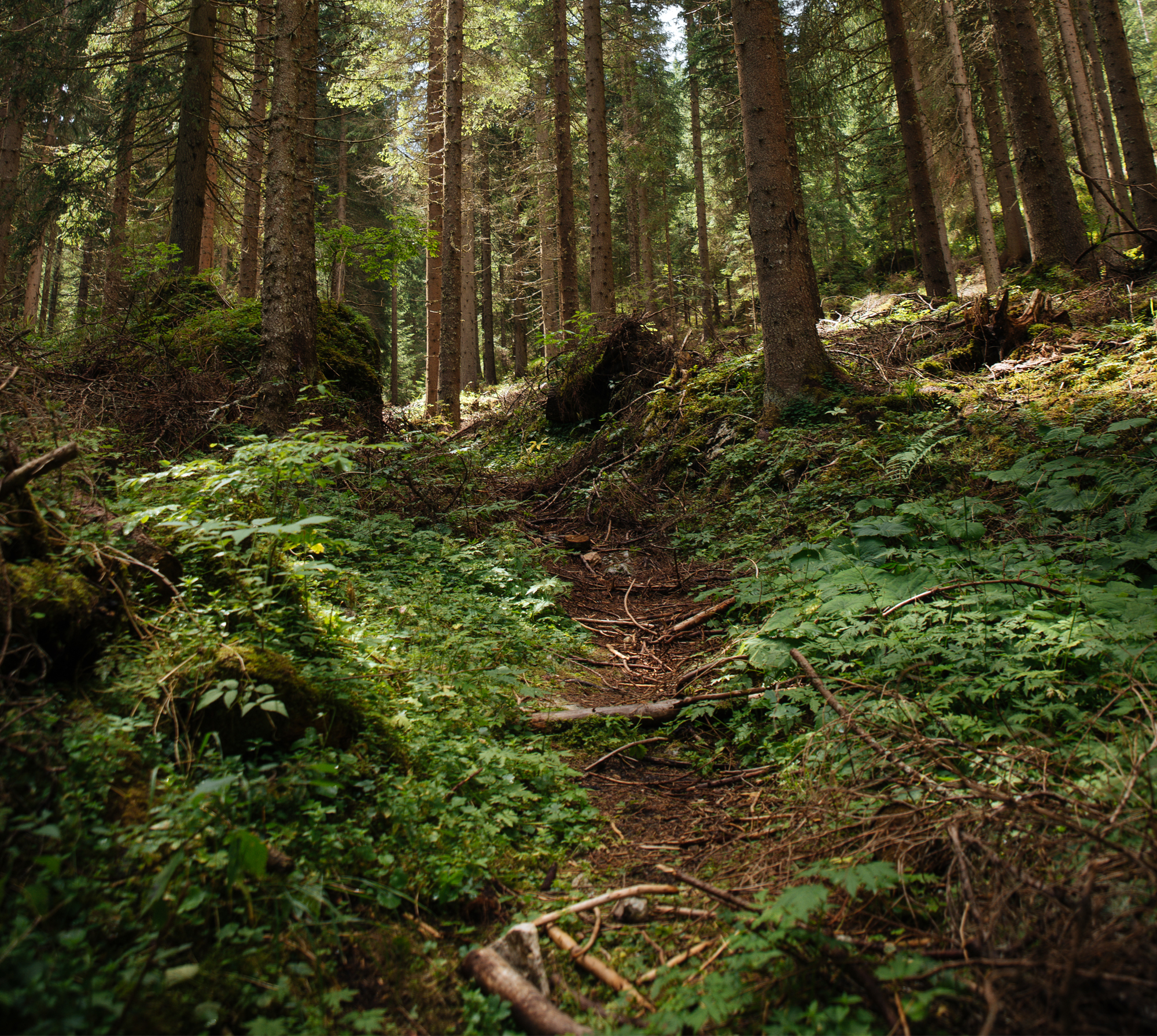
Wartość hodowlana wyselekcjonowanych rodów modrzewia europejskiego (Larix decidua Mill.) z pochodzenia sudeckiego na przykładzie powierzchni doświadczalnej w Zwierzyńcu Lubelskim
The breeding value of selected families of European larch (Larix decidua Mill.) of Sudeten origin growing on an experimental plot in Zwierzyniec Lubelski
Autorzy
-
Jan Kowalczyk
Instytut Badawczy Leśnictwa, Zakład Hodowli Lasu i Genetyki Drzew Leśnych
Sękocin Stary, ul. Braci Leśnej 3, 05-090 Raszyn
Tel. +48 22 7150 473, e-mail: J.Kowalczyk@ibles.waw.pl -
Ihor Neyko
Ukrainian Research Institute of Forestry & Forest Melioration (URIFFM), Charków, Ukraina (w czasie przygotowywania
publikacji stażysta w Zakładzie Genetyki i Fizjologii Drzew Leśnych Instytutu Badawczego Leśnictwa w Sękocinie Starym
Abstrakt
The aim of this study was the preliminary estimation of the breeding value of selected European larch half-sib families based on data from the experimental family trial in Zwierzyniec Lubelski. The trial in Nowiny, Zwierzyniec Forestry District, was established in spring, 2003. The initial spacing was 2.5 by 2.5 m and the forest site code, ‘LMśw’ – fresh mixed broadleaved forest. There were 2948 trees planted originating from 66 families from the region of Jesienik in the Czech eastern Sudeten Mountains. In September 2009, the DBH, height were recorded and wood density was measured using a Pilodyn penetrometer. Stem straightness, crown size and branch angle were scored using the scale from 1 to 5. The mean height of the trees after seven years of growth was 7.57 m. The tallest trees came from family 1414 (8.05 m mean height), and the smallest family was 1709 (6.79 m), a difference of 17% compared with the mean value. The relative differences among families were larger for DBH than for tree height. The overall mean DBH was 10 cm, and the difference between the best and worst performing families was 42% of the mean value. Wood quality did not differ greatly among families, particularly given that there were relatively large differences between individuals.
In order to evaluate trees based on a combination of all measured parameters, a selection index was calculated. Based on selection indices, as far as breeding value is concerned, the best families were numbers 1414 and 1411. They demonstrated both good growth and good quality features. The worst families were numbers 1709, 1734 and 1722. They were characterized by weak growth but moderate to good quality features. There was also a statistically-significant positive correlation between survival and the index breeding value of larch families.
Those families which grew best were characterized by higher survival rates, which probably resulted from phenotypic selection which eliminates individuals that are poorly-adapted to environmental conditions, thus favouring the best trees, in terms of their growth parameters.
The results obtained in this study after seven years of the growth should be considered as preliminary. To estimate the breeding value of the studied larch families a further evaluation is needed when trees reach the age of 15-20 years old.
Słowa kluczowe
| DOI | 10.2478/v10111-011-0021-x |
|---|---|
| Source | Leśne Prace Badawcze (Forest Research Papers), 2011, Vol. 72 (3): 213–224 |
| Print ISSN | 1732-9442 |
| Online ISSN |
2082-8926 |
| Type of article |
Original research article |
| Original title |
Wartość hodowlana wyselekcjonowanych rodów modrzewia europejskiego (Larix decidua Mill.) z pochodzenia sudeckiego na przykładzie powierzchni doświadczalnej w Zwierzyńcu Lubelskim |
| Publisher | Instytut Badawczy Leśnictwa, Sękocin Stary, Poland |
| Date | September, 2011 |
- Szyp-Borowska I., Ukalska J., Simińska J. Markery RAPD sprzężone z genami cech ilościowych sosny zwyczajnej (Pinus sylvestris L.)
- Kowalczyk J., Neyko I. Wartość hodowlana wyselekcjonowanych rodów modrzewia europejskiego (Larix decidua Mill.) z pochodzenia sudeckiego na przykładzie powierzchni doświadczalnej w Zwierzyńcu Lubelskim
- Szeligowski H., Bolibok L., Buraczyk W., Drozdowski S. Analiza wybranych cech jodły pospolitej (Abies alba Mill.) na powierzchni proweniencyjnej w Rogowie
- Klimek A., Rolbiecki S., Rolbiecki R., Hilszczańska D. Wpływ nawożenia organicznego i ściółkowania na wzrost modrzewia europejskiego (Larix decidua L.) oraz aktywność biologiczną gleb
- Khoyetskyy P. Stan populacji łosia na Ukrainie
- Urban G., Gil W., Zachara T. Szkody wyrządzone przez gołoledź i śnieg na przykładzie Nadleśnictwa Herby, na tle panujących warunków pogodowych w styczniu 2010 roku
- Gołos P. Ekonomiczne i finansowe aspekty rekreacyjnej i turystycznej funkcji lasu
- Chećko E. Szacowanie liczebności kopytnych w środowisku leśnym: przegląd metod
- Halarewicz A. Przyczyny i skutki inwazji czeremchy amerykańskiej Prunus serotina w ekosystemach leśnych
- Kaliszewski A. Instrumenty zapewnienia właściwej podaży dóbr publicznych – przegląd wybranych zagadnień na przykładzie ochrony przyrody w lasach

